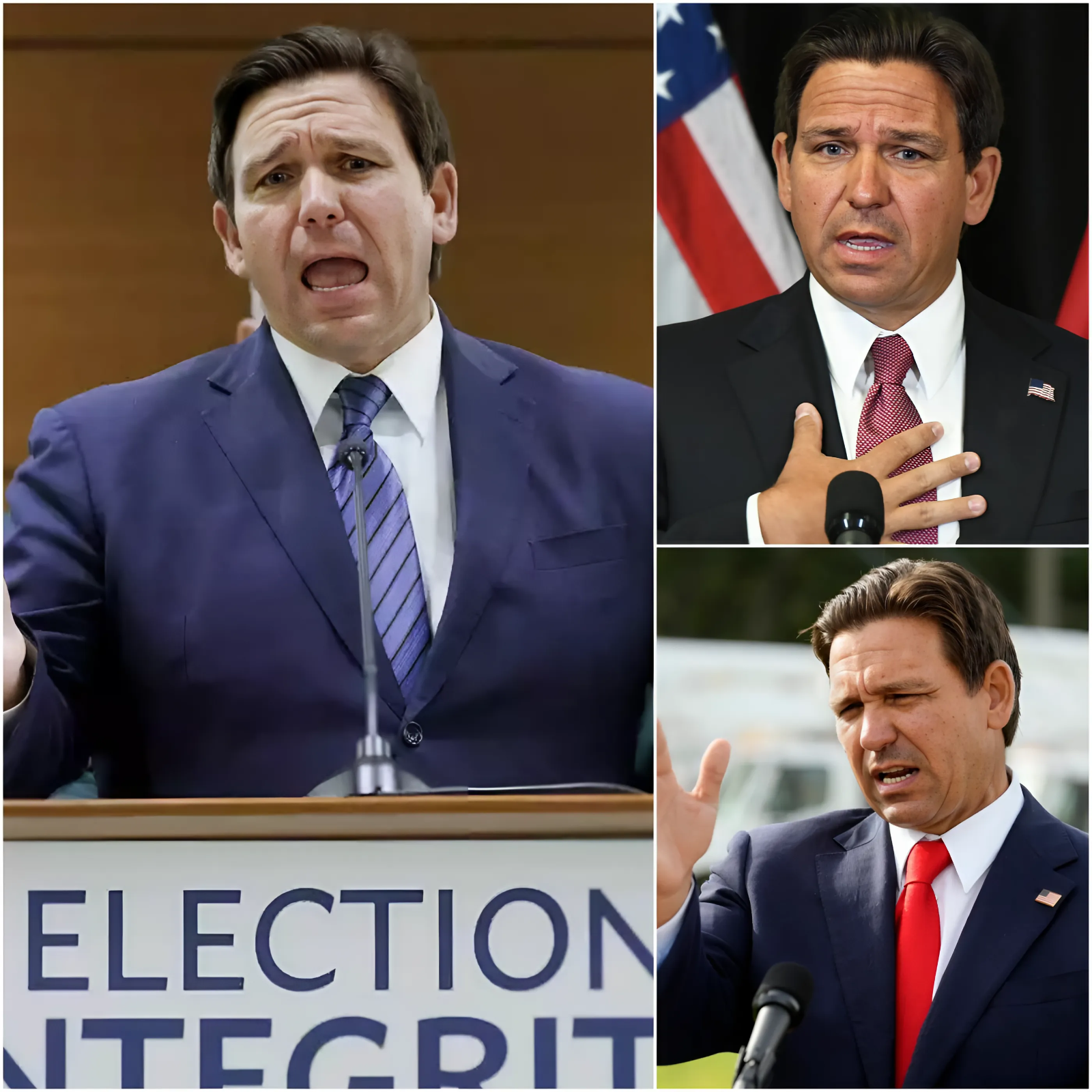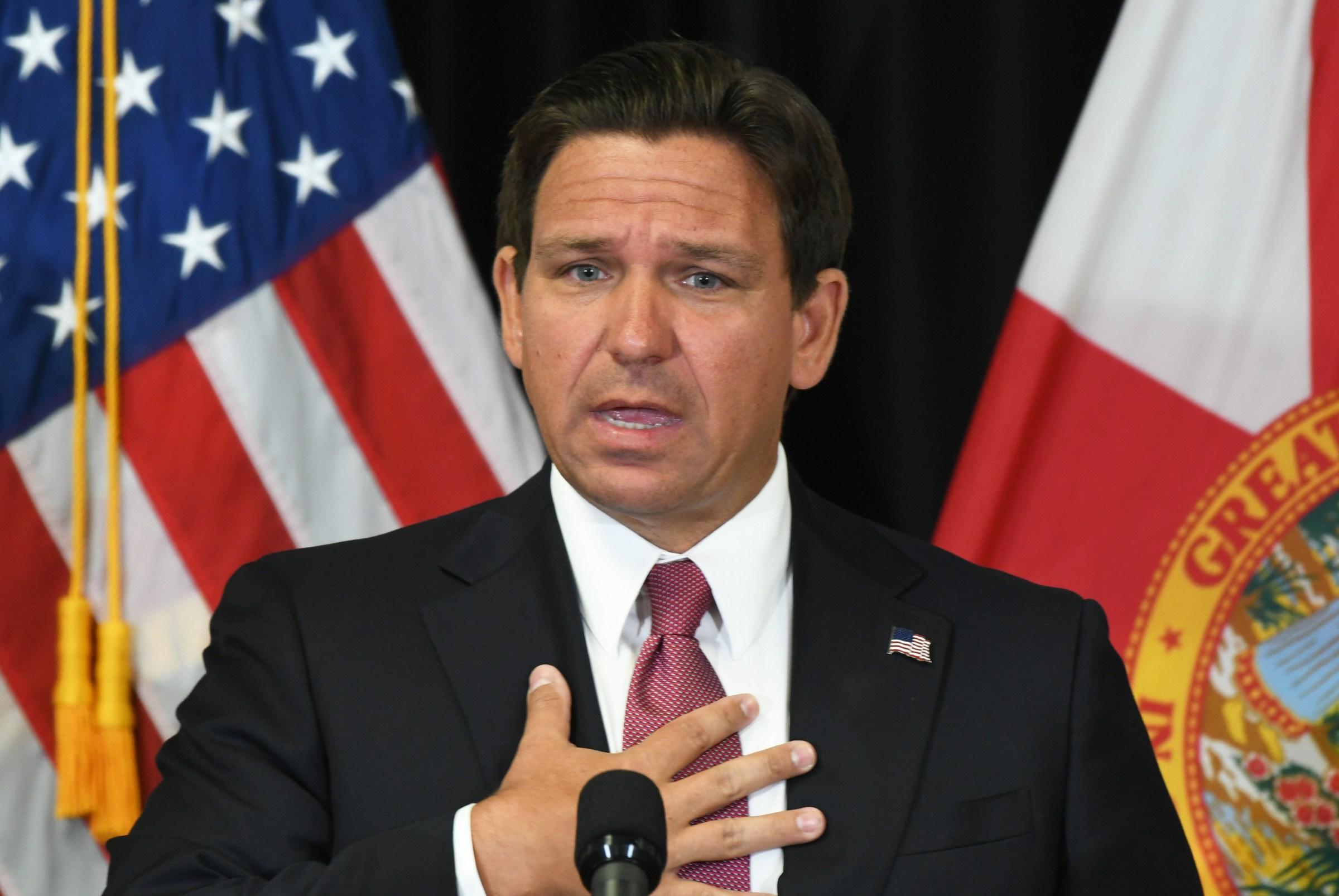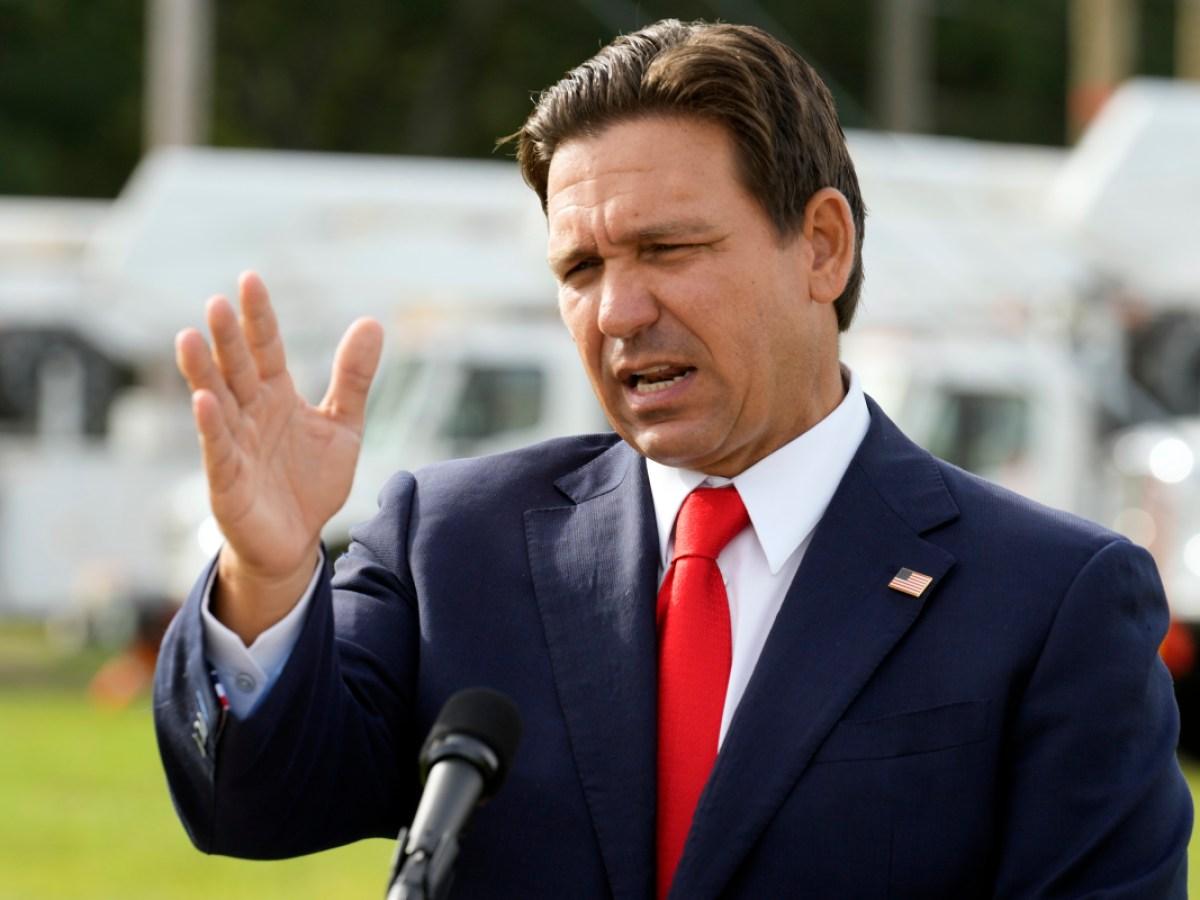Florida Governor Ron DeSantis has sparked a firestorm of controversy following remarks made during a June 11th appearance on The Rubin Report podcast. In the interview, DeSantis was asked about public safety during protests, and his response has drawn widespread criticism for appearing to suggest that Florida residents have the right to drive through crowds if they feel threatened.

DeSantis’ exact words were:
“When a mob surrounds your car, banging on the windows, acting in a threatening manner, you have the right to defend yourself. If you need to drive away to escape danger and someone gets hurt in the process, that’s not your fault. You shouldn’t be prosecuted for trying to protect yourself. That’s the law we passed in Florida—we stand with law-abiding citizens, not with violent agitators blocking the streets.”
These remarks refer to the “anti-riot” law passed in Florida in 2021, known officially as H.B. 1. The law includes provisions that provide civil liability protections for drivers who find themselves in dangerous situations during protests deemed violent. The law was framed as a measure to support law-abiding citizens and ensure their safety during large public demonstrations, particularly when those protests involve significant disruptions or violence.
The bill gained national attention when it was first introduced, with opponents raising concerns that it could be used to justify aggressive actions against peaceful protesters. At its core, the law is designed to protect drivers from civil suits if they injure or kill someone while attempting to flee from a violent protest. It includes specific clauses that grant immunity to individuals who act in self-defense in such situations. This law was considered controversial, as critics argued that it could escalate tensions between protesters and the public and lead to more violent confrontations in already volatile situations.

DeSantis’ comments, in which he appeared to endorse the idea of driving through crowds if people felt threatened, have only fueled the ongoing debate surrounding the law and its implications for public safety. Supporters of DeSantis and the law argue that the protection of personal safety is paramount and that individuals should not be held liable for defending themselves in threatening situations, even if it results in harm to others. They point to instances during past protests where vehicles have been surrounded or attacked by crowds, and the drivers faced significant legal and personal consequences for attempting to escape.
However, critics of DeSantis’ statement and the law itself argue that it opens the door for more dangerous behavior, potentially exacerbating tensions in already volatile public demonstrations. Critics contend that the law, and DeSantis’ endorsement of it, may give individuals a dangerous sense of impunity, encouraging them to drive aggressively through protests, even when the threat may not be as imminent as they perceive. The idea of using a vehicle to break through a crowd has the potential to cause significant harm, particularly in cases where protests involve large numbers of people or include vulnerable individuals such as children or the elderly.

Furthermore, opponents have raised concerns that this legal framework could disproportionately affect communities of color, who have historically been subjected to police brutality and violent confrontations with both law enforcement and other members of the public during protests. These critics argue that the law may create a legal justification for vigilante-style actions, putting protesters—especially those engaged in non-violent demonstrations—at greater risk of harm.
DeSantis, in his remarks, defended the law by emphasizing that it was meant to protect the rights of law-abiding citizens and to curb the ability of violent agitators to disrupt public spaces. He pointed to instances where peaceful protests have been hijacked by violent individuals or groups and argued that the law gives Floridians the right to protect themselves when they are threatened.
Despite his support for the law, DeSantis’ comments have raised serious concerns about the broader implications of such measures. Many legal experts have pointed out that laws protecting self-defense are already on the books in most states, and the “anti-riot” law goes beyond that by specifically addressing scenarios where people drive through crowds. The language used in the law and by DeSantis suggests that people may act with relative impunity if they claim to feel threatened, which could result in tragic consequences for those caught in the path of a fleeing vehicle.
The backlash from DeSantis’ remarks has been swift, with critics across the political spectrum questioning the potential for abuse and the risks associated with such policies. Protest organizers, civil rights groups, and advocates for safer protest environments have called for greater accountability and oversight of laws that deal with public safety during demonstrations. They have expressed concerns that this kind of rhetoric could embolden more extreme elements and create an atmosphere of fear and hostility in public spaces.
In response to the controversy, DeSantis has doubled down on his stance, insisting that the law is designed to protect the safety of ordinary Floridians. He maintains that the goal is to ensure that people can go about their daily lives without fear of being harassed, threatened, or harmed by protesters who engage in illegal or violent activities.
As the debate continues to unfold, it remains clear that the issue of public safety during protests is one that remains deeply divisive. While some see the law as a necessary protection against potential threats, others fear it could be used to justify actions that increase danger and undermine peaceful demonstrations. DeSantis’ comments have only added fuel to this contentious discussion, with many asking whether there is a better way to balance safety and free expression in the modern age.






